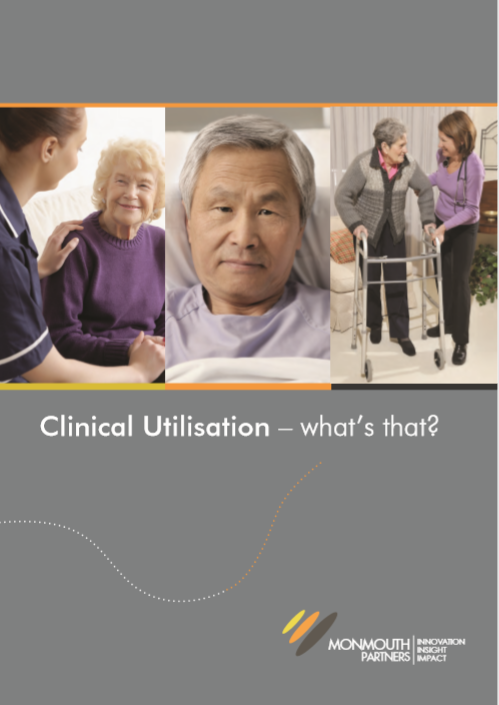Many NHS secondary care patients are in hospital unnecessarily. Clinical utilisation may be a solution to saving the NHS precious resources and millions of pounds.
Wasted resources – the scale of the problem
A significant proportion of patients in the NHS are in hospital unnecessarily. Various reasons are put forward to explain why – some of the most popular being:
-
Difficulties accessing social and primary care lead to discharge delays
-
An increasingly elderly population, and more long-term conditions, inevitably lead to strain on the system and more ‘frequent flyers’ equals more ‘bed blockers’
-
The four hour A&E target, coupled with rising demand at the front door, increases pressure on hospitals to admit patients who do not need to be treated in hospital.
All of which eat up precious resources and cost the NHS millions.
The difficulty lies in identifying the true scale of the problem and the real causes behind it. Understanding clinical utilisation can determine:
-
What size should an A&E department actually be?
-
How many acute beds do we really need?
-
How do you prevent a triage service from becoming a revolving door?
Clinical utilisation offers answers to these questions and clues to solving some of the problems they highlight. Our paper below, explores how.
Clinical Utilisation Guide (pdf)

